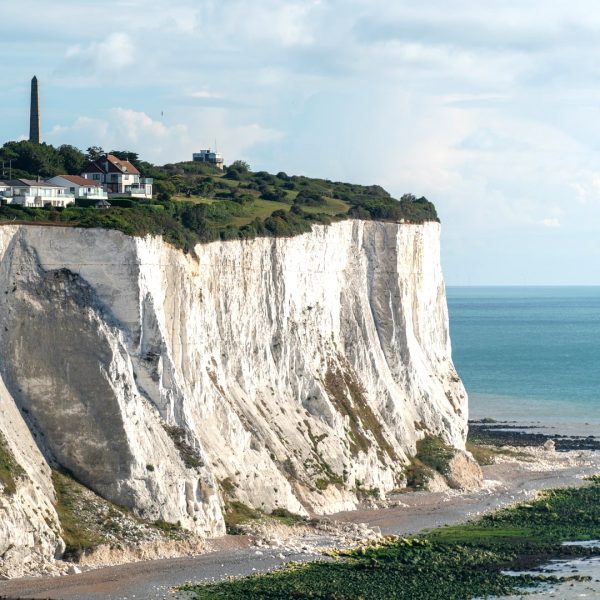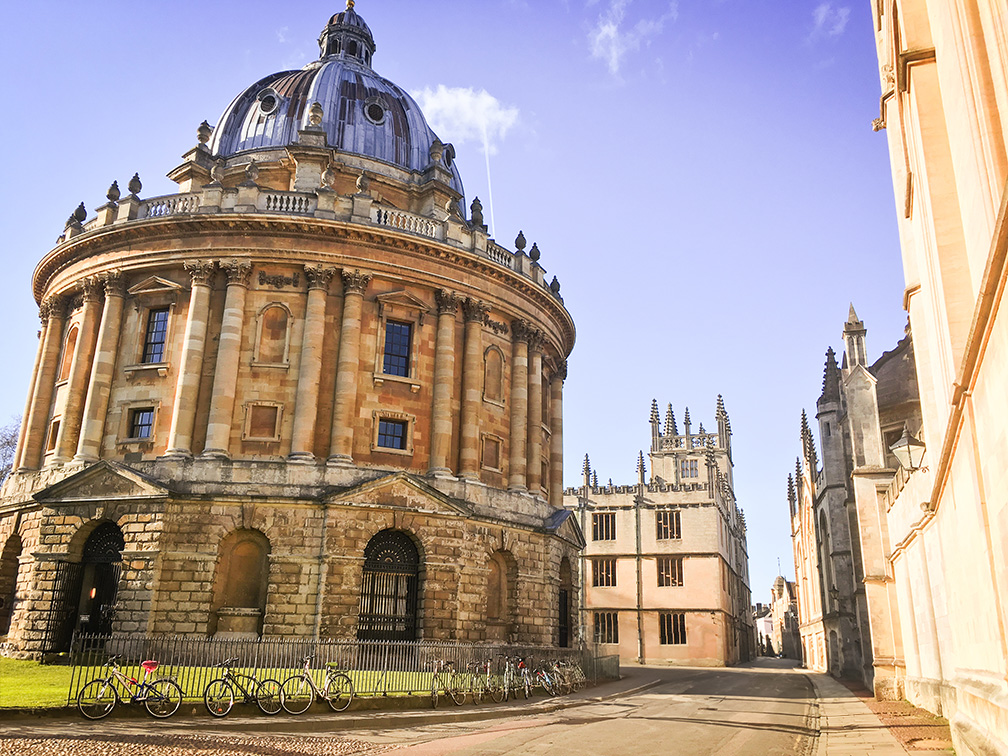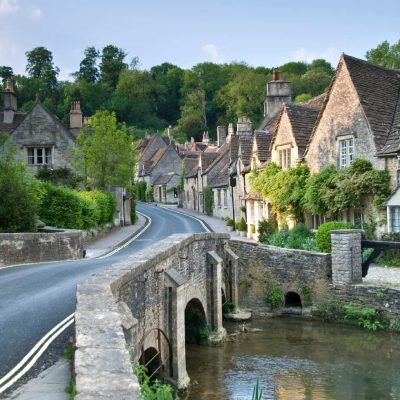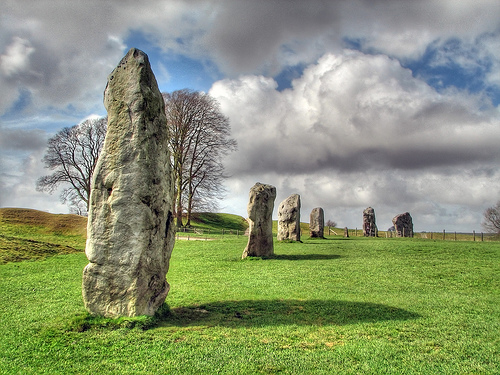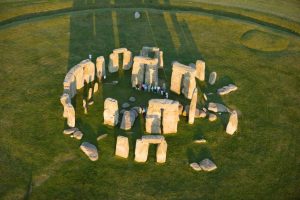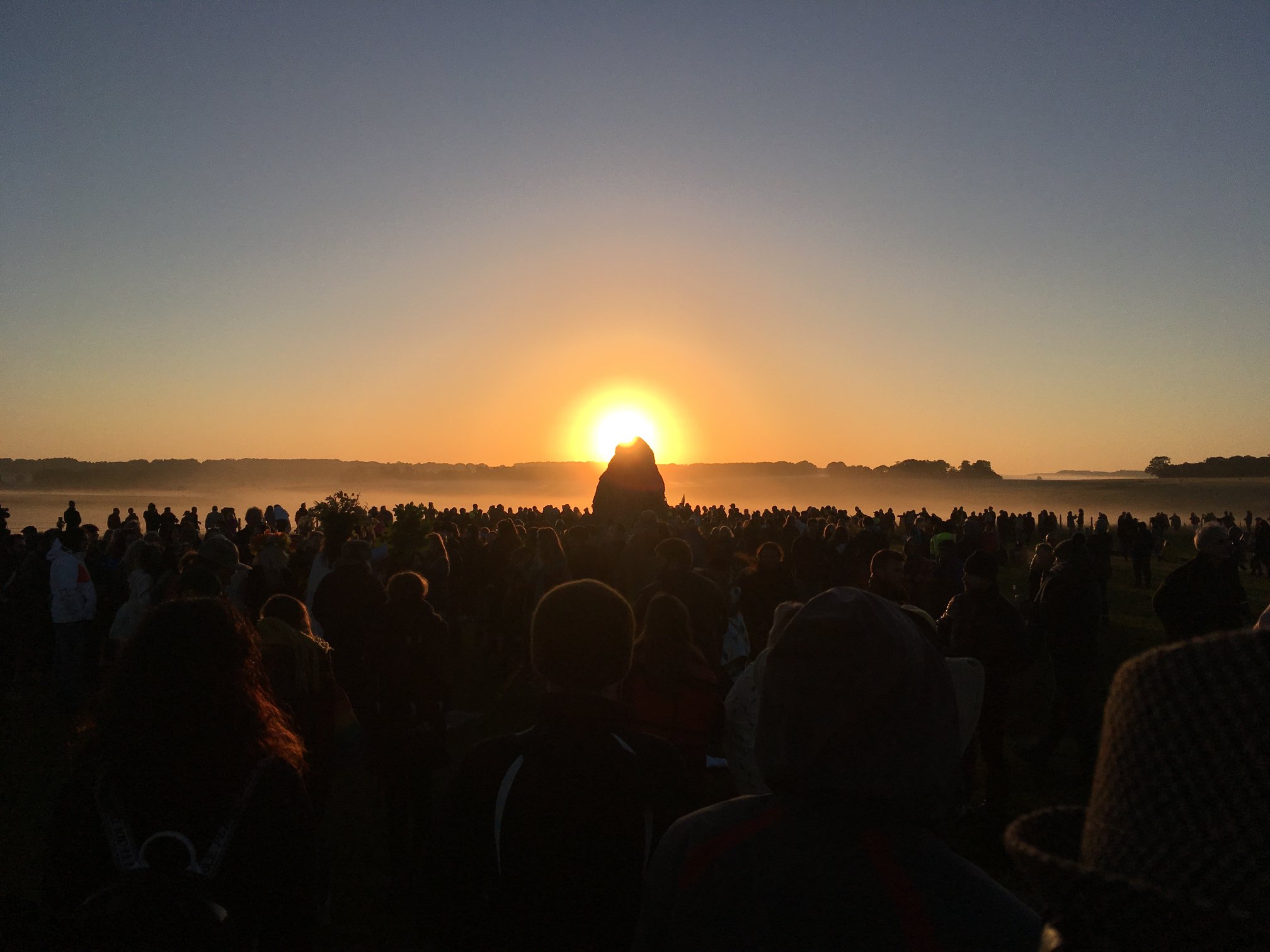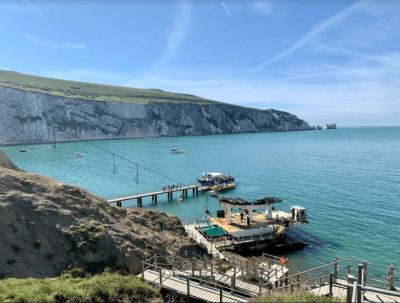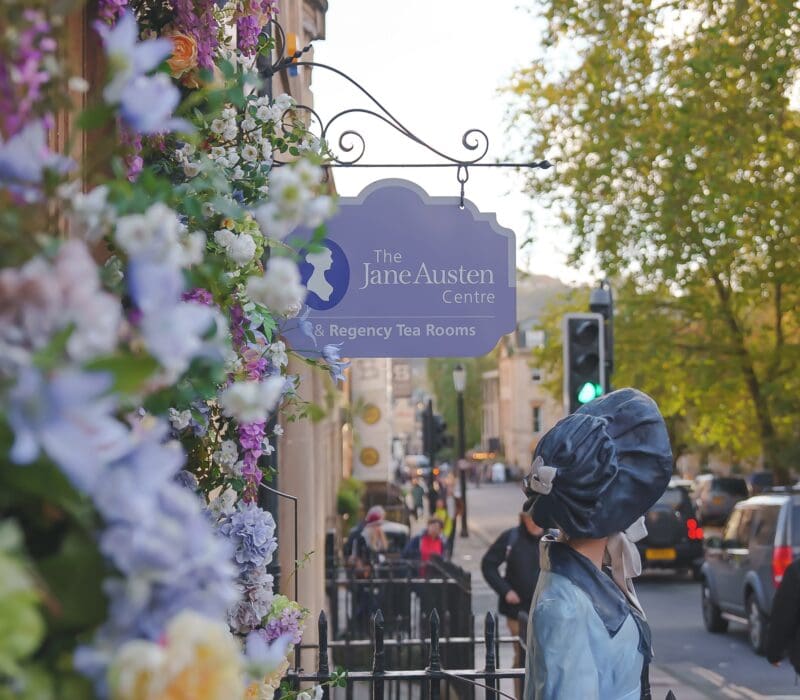Jane Austen Walking Tour in Bath: A Journey Through the Streets That Inspired a Literary Legend
Jane Austen, one of England’s most celebrated novelists, lived in Bath from 1801 to 1806. The city not only served as her home but also provided the backdrop for two of her novels, “Northanger Abbey” and “Persuasion.”Jane Austen, one of England’s most celebrated novelists, lived in Bath from 1801 to 1806. The city not only served as her home but also provided the backdrop for two of her novels, “Northanger Abbey” and “Persuasion.”
If you’re a fan of Austen’s work or simply interested in exploring Bath through a different lens, a self-guided walking tour focused on her life and times is a wonderful way to do it. Here’s how to embark on your very own Jane Austen walking tour in Bath.
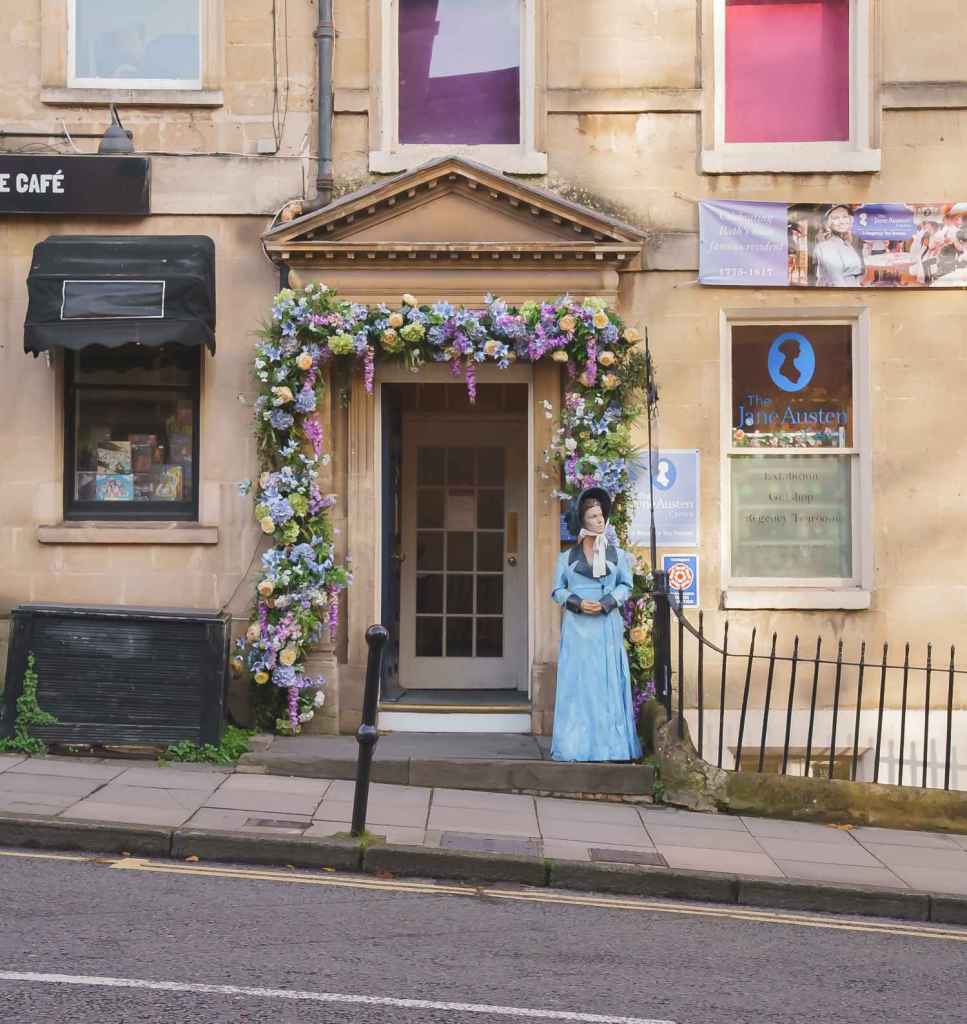
Start at the Jane Austen Centre
A Jane Austen tour of Bath is simply not complete without a visit to the Jane Austen centre. You can begin your tour with a museum visit to get into the spirit of the era. The Jane Austen Centre is on Gay Street; its museum dedicated to her life and work. Here, you can immerse yourself in Austen’s world through exhibits, costumed guides, and even a Regency-era tea room. Don’t forget to snap a photo with the life-sized wax statue of Jane Austen before you leave.
Gay Street and Queen Square
After visiting the centre, take a stroll down Gay Street where the Austen family lived for a short time. Continue to Queen Square, another place where the Austens resided. The square is a lovely example of Georgian architecture, a style that was prevalent during Austen’s time in Bath.
The Assembly Rooms
Head to the Assembly Rooms, a venue where high society gathered for balls and concerts in the 18th century. Austen frequented these rooms, and they also feature in her novels. The grand chandeliers and elegant interior will transport you back to the Regency ei’mra.
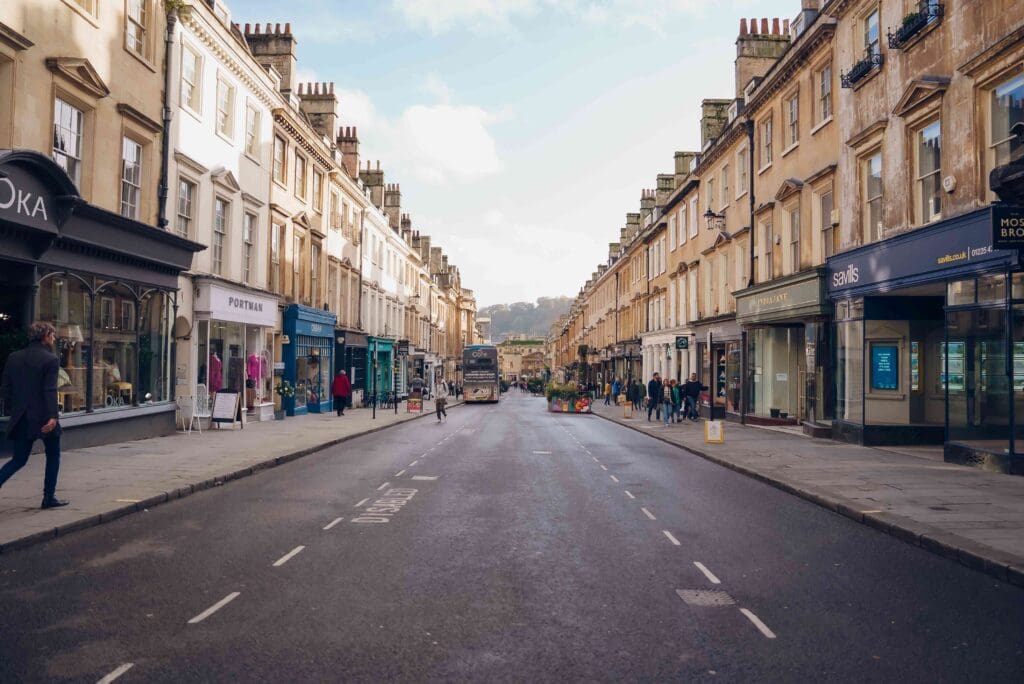
Milsom Street
This was and still is one of Bath’s main shopping streets. It’s mentioned in “Persuasion” and would have been frequented by characters in Austen’s novels as well as by Austen herself.
The Circus and Royal Crescent
From the Assembly Rooms, make your way to The Circus, a striking circular space surrounded by Georgian townhouses. A short walk from The Circus will bring you to the Royal Crescent, another iconic example of Georgian architecture. Both locations capture the essence of the period and are believed to have been frequented by Austen.

Bath Abbey
A visit to Bath Abbey will offer you a glimpse into the religious life of Austen’s time. The Abbey is a stunning piece of Gothic architecture and a place of worship that Austen would have known well.
Pump Room and Roman Baths
Next, head to the Pump Room and the adjacent Roman Baths. The Pump Room was a social hub in Austen’s day, and she mentioned it in both “Northanger Abbey” and “Persuasion.” The Roman Baths are a must-see historical site that would have also been familiar to Austen.
Pulteney Bridge and the River Avon
This is another iconic structure in Bath that Austen would have known. The bridge is unique for having shops built across its full span on both sides and is mentioned in “Northanger Abbey.” The bridge overlooks the River Avon and offers a picturesque view that Austen herself would have enjoyed.
Sydney Gardens
End your tour at Sydney Gardens, one of the oldest public gardens in England. The house that Jane Austen was thought to have lived in when she wrote her books is number 4 Sydney Place which overlooks these gardens. During the Georgian Era, Bath was a matchmaking town where the prominent matchmaker Richard Nash held balls to match Wealthy Bachelors with the pretty daughters of the British aristocracy. Many of these balls were held at Sydney hotel and gardens and it’s thought that Jane Austen got her inspiration from watching the goings on from her bedroom window. (there was no hedge there 200 years ago) The gardens are also a peaceful retreat and a fitting end to your Jane Austen journey.
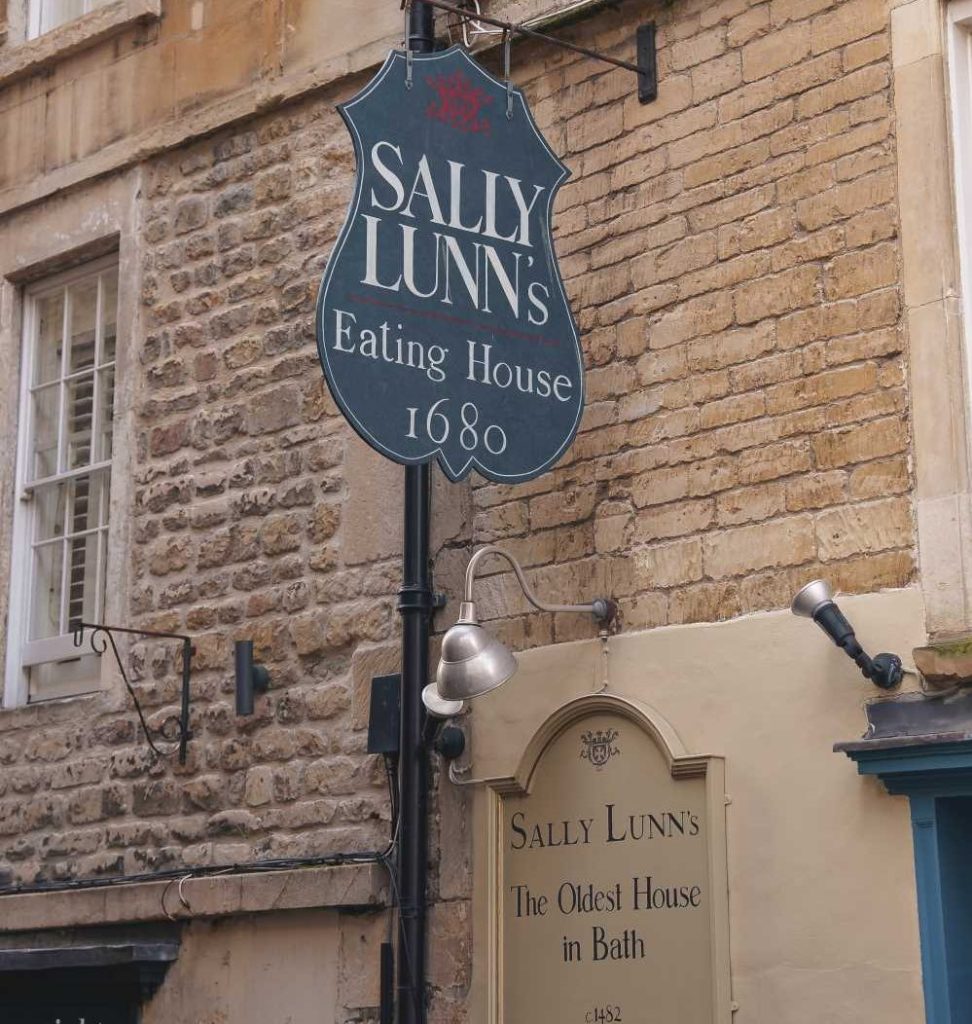
Tea at Sally Lunn’s and a pint at The Saracens Head
There are few places in Bath that are exactly how they were 220 years ago. The Saracens head has the oldest pub licence in Bath and was thought to have been frequented by Charles Dickens. Much of this 16th century building remains the same and this building would have been a pub with the same name all the way back throughout the Georgian era.
Another building that goes back almost 500 years is Sally Lunns Historic Eating House. This Bakery serves authentic Sally Lunn’s buns and this is thought to be the original bakery where Sally Lunn created her famous buns. While not directly connected to Austen, the house offers a dining experience reminiscent of the Regency era in which she lived.
By following this walking tour, you’ll not only explore some of Bath’s most iconic landmarks but also step back in time to experience the city as Jane Austen did. Whether you’re an Austen aficionado or a casual admirer, this tour offers a unique and enriching way to discover Bath.
Inspired with a good plan to admire all that Bath has to offer ? We’re here to help and support your travels, find out here.
Day trips from London & Private Group Tours
Join us on popular day trips from London and ditch the travel planning to focus on attractions you want to see. Learn about our Private Group Tours also!


